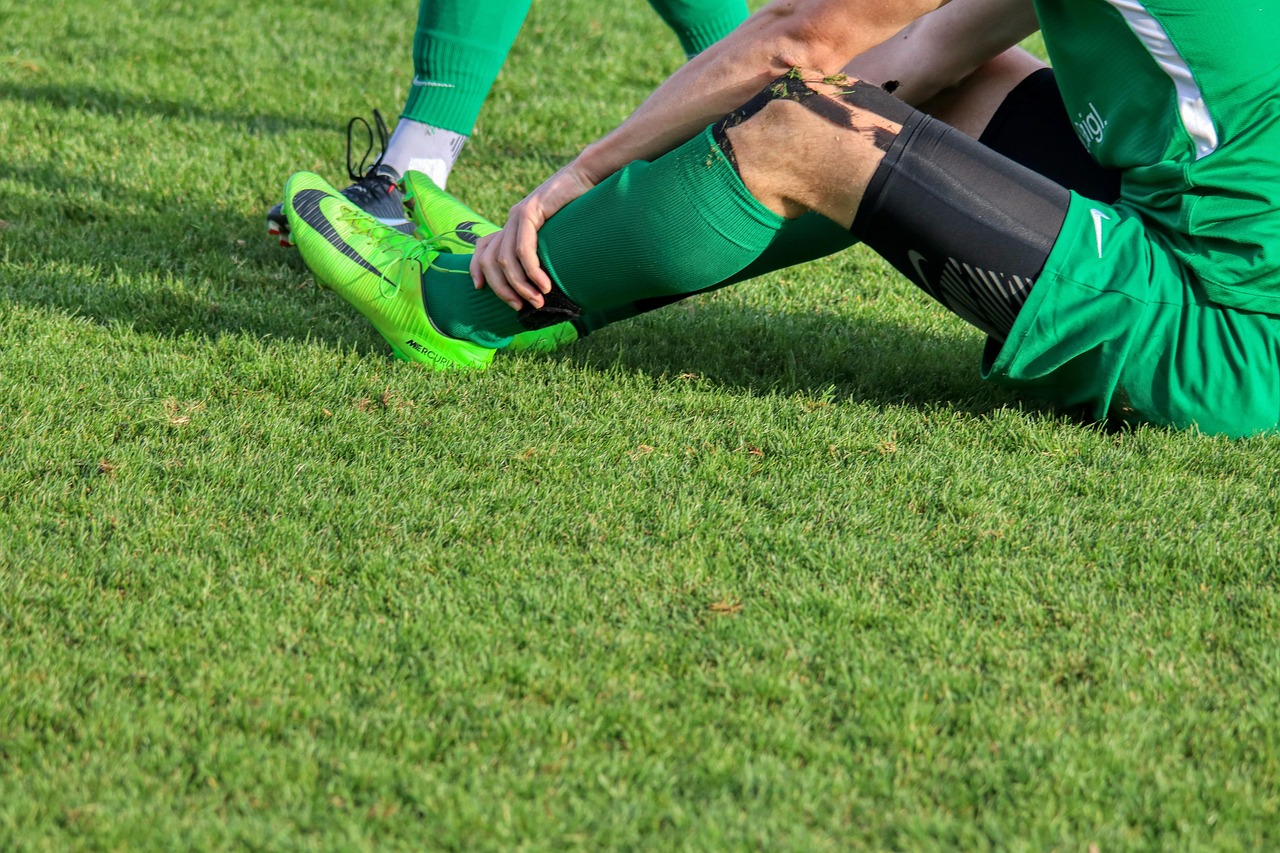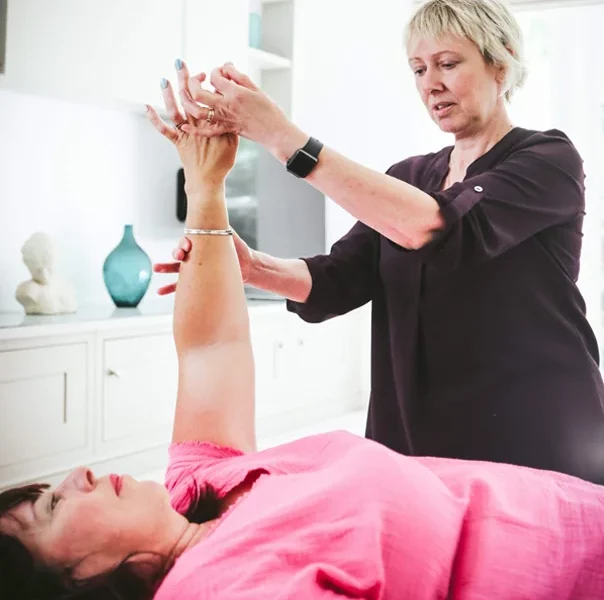Introduction
Sports injuries are common across all levels of athletic activity—from weekend joggers to professional athletes. Whether it’s a sprain, strain, tendonitis, or a more serious tear, physiotherapy plays a crucial role in recovery. This guide explores the most effective physiotherapy techniques, explains their underlying science, and helps you understand what to expect during rehabilitation.
1. Understanding Sports Injuries and the Role of Physiotherapy
1.1 What Are Sports Injuries?
Sports injuries typically affect muscles, ligaments, joints, and bones. The most common ones include:
-
Sprains: Ligament injuries caused by overstretching or tearing.
-
Strains: Muscle or tendon overuse or tearing.
-
Tendonitis: Inflammation of the tendon, often from repetitive use.
-
Contusions: Bruising from direct impact.
-
Fractures: Bone breaks, which require more intensive treatment.
1.2 Why Physiotherapy Is Essential
Physiotherapy is vital because it:
-
Accelerates healing by promoting blood flow and tissue remodeling.
-
Restores function through targeted exercises.
-
Prevents complications, like muscle atrophy or joint stiffness.
-
Enhances performance and durability, reducing the risk of future injuries.
2. Core Principles of Physiotherapy for Sports Injuries
A physiotherapist’s approach is guided by several foundational principles:
-
Individualized Care: Tailoring treatment based on the athlete’s type of sport, injury, age, and goals.
-
Phased Rehabilitation: Dividing recovery into acute, subacute, and functional phases.
-
Evidence-Based Methods: Using interventions with proven effectiveness.
-
Patient Education: Teaching athletes self-care, injury prevention, and technique improvement.
3. Acute Phase Management (0–72 Hours)
When an injury occurs, the first step is immediate protection and damage limitation.
3.1 RICE Protocol
-
Rest: Avoiding any activity that puts stress on the injured area.
-
Ice: Applying cold packs to reduce swelling—typically 15–20 minutes every 2 hours.
-
Compression: Using elastic bandages to limit swelling.
-
Elevation: Raising the injured limb above heart level to encourage fluid drainage.
3.2 Protective Bracing or Taping
Sports-specific taping techniques or braces provide joint stability—crucial for preventing further damage.
3.3 Gentle Mobilization
Once pain decreases, gentle passive range-of-motion exercises help prevent stiffness.
4. Subacute Phase Recovery (3 Days–2 Weeks)
Once initial swelling and severe pain subside, the focus shifts to restoration of movement and gradual loading.
4.1 Manual Therapy Techniques
-
Joint Mobilization: Gentle movements to restore joint play.
-
Soft Tissue Mobilization: Techniques like massage or myofascial release to reduce muscle tension and enhance circulation.
4.2 Controlled Exercise Programs
-
Range-of-Motion Exercises: Using ropes and pulleys for shoulder injuries, or gentle ankle circles.
-
Isometric Strengthening: Muscle contractions with little to no change in muscle length—ideal early-stage building.
5. Functional Phase (2–6 Weeks)
In this phase, active training takes center stage, aiming to restore full function and readiness for sport.
5.1 Progressive Strength Training
-
Eccentric Loading: Slowing down muscle contraction under tension (e.g. controlled calf raises).
-
Concentric Strengthening: Resistance training with machines or bands.
-
Closed vs. Open Kinetic Chain Exercises:
-
Closed: Foot/hand fixed (e.g. squats, calf raises)—safer for joints.
-
Open: Distal limb moves freely (e.g. leg lifts).
-
5.2 Neuromuscular Re-education
-
Balance & Proprioception Training: Standing on wobble boards, single-leg stands, agility drills—all rebuild joint awareness.
-
Dynamic Stability Exercises: Plyometrics, agility ladders, coordination drills to prepare for sport-specific demands.
5.3 Cardiovascular Conditioning
-
Low‑Impact Cardio: Pool workouts, stationary biking, and elliptical machines preserve aerobic fitness without undue stress on injured areas.
6. Return-to-Sport and Performance Enhancement (6+ Weeks)
As healing progresses, training mimics sporting actions to ensure a safe, effective return.
6.1 Sport-Specific Drills
-
Cutting & Pivoting Movements: Especially essential for soccer, basketball, tennis.
-
Plyometrics & Power Training: Incorporating jumps, hops, bounding for explosive speed and force.
-
Endurance & Conditioning: Gradual return to full-training loads, including interval work.
6.2 Biomechanical Assessment & Re-Training
-
Video Gait & Motion Analysis: Evaluating movement patterns (e.g. running stride, landing mechanics).
-
Technique Correction: Adjusting foot strike, trunk alignment, joint angles—reducing injury recurrence.
6.3 Functional Testing
Before full clearance, athletes must pass:
-
Balance tests
-
Strength comparisons (injured vs. non-injured limb)
-
Sport-specific performance drills (e.g. shuttle runs)
7. Advanced Physiotherapy Modalities
Modern physiotherapy integrates technology to enhance healing and recovery.
7.1 Therapeutic Ultrasound
Uses sound waves to promote tissue heating, decrease stiffness, and reduce pain.
7.2 Electrical Stimulation
-
TENS: Targets pain modulation.
-
NMES: Helps rebuild muscle strength when voluntary contraction is limited.
7.3 Laser Therapy
Low-level laser therapy reduces inflammation and speeds tissue repair processes.
7.4 Shockwave Therapy
Useful for chronic tendon issues—promotes angiogenesis and remodelling in tendon tissues.
7.5 Hydrotherapy
Water’s buoyancy supports movement—ideal for early rehab and controlling exercise impact.
8. Prevention Strategies Integrated into Rehab
Rehabilitation isn’t just recovery–it’s prevention.
8.1 Education and Self-Management
Athletes learn:
-
Warning signs of injury recurrence
-
Importance of warm-ups, cool-downs, and postural awareness
8.2 Biomechanical & Technique Refinement
Corrective work—such as improving squat form or stride mechanics—helps reduce undue stress on vulnerable structures.
8.3 Load Management and Conditioning
Balancing training volume/intensity, scheduling rest days, and maintaining cross-training to optimize recovery.
8.4 Functional Strength and Conditioning
Core stability, joint mobility, and neuromuscular control incorporated into ongoing athletic routines reduce future risk.
9. Case Studies: Real-Life Rehabilitation Journeys
9.1 Anterior Cruciate Ligament (ACL) Reconstruction
-
Phase 1 (0–2 weeks): Swelling control, patellar mobilization, straight-leg raises.
-
Phase 2 (2–6 weeks): Knee extension ROM, closed-chain strengthening (e.g. wall squats).
-
Phase 3 (6–12 weeks): Balance trained using wobble boards, stationary cycling, progression to jogging.
-
Phase 4 (3–6 months): Agility, plyometrics, sport-specific drills. Full return around 9–12 months, pending performance benchmarks.
9.2 Rotator Cuff Tear
-
Phase 1: Sling immobilization, passive ROM via pulley therapy.
-
Phase 2: Active-assisted then full ROM; isometric shoulder contractions.
-
Phase 3: Strengthening with resistance bands, scapular stabilization drills.
-
Phase 4: Sport-specific overhead movements, plyometric push-ups, weighted throws.
10. Psychology, Motivation & the Rehab Journey
Physiotherapy addresses more than just the physical—mental resilience and motivation are essential.
-
Goal Setting: Short-term (e.g., full knee extension by week 4) and long-term (e.g., return to competitive play by month 9).
-
Mental Imagery & Visualization: Helps maintain neuromuscular pathways during immobilization.
-
Motivational Strategies: Celebrating progress, gamifying exercises, and incorporating enjoyable forms of movement.
-
Support Systems: Family, teammates, coaches, and support groups foster adherence and positive mindset.
11. Measuring Success: How Do We Know It’s Working?
Concrete markers indicate positive rehab outcomes:
-
Objective Metrics: Range of motion (e.g. degrees of ankle dorsiflexion), strength testing, and functional measures like hop distance or agility drill times.
-
Patient-Reported Outcomes: Standard tools like the Visual Analog Scale (VAS) for pain or Lysholm Knee Score.
-
Return-to-Sport Readiness: Timed drills, coach/clinician assessments, and comparative performance data.
12. Common Myths & Misconceptions Debunked
-
“More ice = faster recovery.”
Fact: Excessive icing can impede natural inflammatory processes essential for healing. -
“Always stretch out muscle tightness.”
Fact: Which type of stretching matters—dynamic before exercise, static after. Overstretching can destabilize joints. -
“When pain goes away, you’re fully healed.”
Fact: Functional deficits can remain even when symptoms are gone. Proper rehab is essential.
13. When Should You See a Physiotherapist?
Consult a professional if you experience:
-
Severe pain or swelling that doesn’t improve within 2–3 days
-
Visible deformities or inability to bear weight
-
Recurrent joint instability
-
Lingering soreness after 2–3 weeks
-
Unresolved nagging pain that impacts performance
14. Tips for Choosing the Right Physiotherapist
-
Look for Certifications such as a master’s in sports physiotherapy.
-
Choose Experience in treating athletes of your sport.
-
Evaluate Treatment Style—do they integrate manual therapy, exercise, and education?
-
Review Clinic Reputation: endorsements from athletes or reputable teams.
15. Integrating Rehab into Your Lifestyle
-
Warm-up & Cool-down: Essential daily.
-
Strength & Mobility Work: 2–3 times per week as maintenance.
-
Cross-training: Non-impact activities retain fitness without strain.
-
Monitoring: Keep a rehab log of pain levels, training loads, and recovery days.
Conclusion
Effective physiotherapy for sports injuries combines:
-
Structured phases from acute protection to full sport-specific recovery
-
Manual therapies to aid healing and reduce pain
-
Targeted exercises to restore strength, function, and agility
-
Modern adjuncts like shockwave and electrical stimulation for chronic issues
-
Education and psychological support for long-term success
At its core, physiotherapy aims to help you move, perform, and live better—whether your goal is returning to full competition or simply enjoying the sports you love risk-free.
Action Guide
-
Assess your injury: Identify your current phase and adjust treatment accordingly.
-
Start gentle exercises if in the subacute phase.
-
Book a physiotherapist if symptoms persist or are severe.
-
Follow a structured rehab plan, with clear goals.
-
Monitor progress and adjust load as you advance toward full recovery.
FAQs
Q1: Can physiotherapy heal torn ligaments or tendons?
A1: Yes—especially partial tears. Physiotherapy helps strengthen surrounding structures and promotes natural tissue healing. Full tears may require surgical repair, followed by rehab.
Q2: When can I start running again after a knee injury?
A2: Typically after 6–8 weeks if you have satisfactory range of motion, strength, and pass functional tests; however, this varies based on injury severity.
Q3: Is stretching enough to prevent future injuries?
A3: Not by itself. Effective prevention includes a balanced plan of mobility, strength training, neuromuscular control, and education.
Q4: How do I prevent re-injury once I return to sports?
A4: Maintain regular strength and proprioceptive training, manage your overall load, perform thorough warm-ups, and reassess biomechanics periodically.



